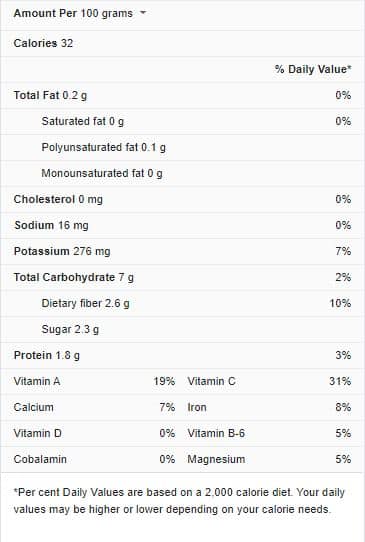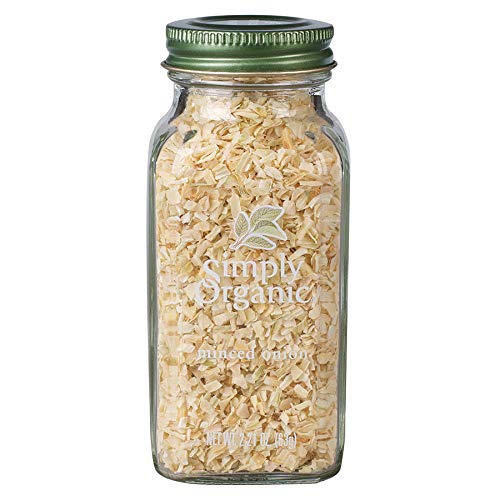Onions have been around the kitchen for ages, such that it is difficult to pinpoint the origin of their relationship with the kitchen. Green onions (also called scallions, spring onions, or sibies) are of the genus Allium and have a milder taste than most onions. Green onions are unique and different from other plants in the genius allium because, unlike others, it doesn’t have fully developed bulb.
Scallions, Green Onions, and Spring Onions Debate.
There is a popular misconception and debate around the nomenclature and difference (or similarities) between these vegetables: green onions, spring onions, scallions. Are they the same? If no, how do you spot which and what are the main differences?
Well, foremost, these names are the same thing. Scallions and green onions are the same thing. The terms “scallion” and “green onion” are used interchangeably to refer to members of the Allium cepa species with the following characteristics: long, tender green leaves, stiff white stalks (no bulb) less than half an inch in diameter, stringy white roots, grown in bunches and harvested young (they are also known as “bunching onions”).
Green Onions Nutrition Facts

Health benefits of green onions
Green onions do not only add color and aroma to your dish. Green onions are fortified with calories, fat, sodium, carbs, fiber, sugar, and protein. Furthermore, green onions have a combination of the benefits of onions and leafy greens like spinach or chard. They are an excellent source of vitamin K (one medium green onion provides 34% of adequate intake for women) and a good source of vitamin A, vitamin C, and folate. The humble onion packs a surprising punch when it comes to disease-fighting and health-promoting.
Substitute for green onions
Onion allergy appears to be rare, but a few cases have been reported in the medical literature. If you have allergies or a reaction to green onions, here are some substitutes to consider.
Shallots
Shallots are a small onion with a strong and rather sweet flavor. The flavor is closer to a green onion than red or yellow onion, and it works particularly well where the green onion is cooked or in dressings. When replacing green onions, a small number of shallots can give a sensation similar to green onions. However, shallots should only be used on cooked food dishes, do not use raw foods because the taste can sting.
Slice your shallots into thin, tiny bits for best substitution so that the taste doesn’t come out too strongly. If you will, you may want to replace the green onions with just a bit lesser shallots.
Leeks
Just from the physical, Leeks looks very much the same as the green onion. However, leeks have wider stems, such as leaves. The taste is also similar to a green onion, but you don’t need to add too much because it will give a stronger flavor than the flavor of the onion completely.
They’re best substituted for green onions in cooked dishes but are too tough and intensely flavored to work well raw.
Chives
Green onions are also used in garnishes and in raw dishes. For this, you can use fresh chives to replace the green onion. Chives are thin and small like green onions, but chives come without a white bulb section.
Chives aren’t as crispy as green onions, but they taste very similar. Make sure to use fresh chives instead of dried chives because the taste of dried chives is very different from fresh ones.
This substitute works best as a garnish in the recipe. When chives are used as a garnish, you may not even need to measure.
Ramps
Ramps are wild leeks that are usually sold in the spring. Ramps are grown throughout Europe, Asia, the eastern United States, Canada, and ramps are considered a delicacy. The ramp has a very strong taste, somewhat like a garlic onion hybrid. Hence the quantity for substitution must be watched. The ramp is best substituted in cooked dishes.
White onions
Another great substitute for green onion is white or yellow onion; this can be the last replacement you can use. If you use it as a substitute, then chop it gently, and use it carefully.
Red onions
This is a desperate substitute. Red onions are the odd ones in the onion family because of their round shape and deep purple/red flesh. They are used raw in salads, mostly in cooking, and have a relatively milder flavor. Also, they are delicious if you cook them on the grill.
Red onions may affect the color profile of your dish, but the taste integrity will be left untouched. Like white or yellow onions, chop your red onions properly before substitution.
Frequently asked questions (FAQs)
Can I eat green onions raw?
Yes, you can. Green onions are milder, sometimes sweeter, than their mature onion relatives. Scallions can be eaten raw or cooked by stir-frying, steaming, or roasting. Green onions are great for topping salads, soups, and pasta.
How Long do green onions last?
Like most vegetables, green onions are extremely perishable. However, with proper care, they can last for 4 to 5 weeks!
Should you refrigerate green onions?
Yes, you can. This is a good way of preserving the fragile vegetable and increasing its shelf life.
Conclusion
Listed above are the best substitutes for green onions. So, when you run out of green onions or no stock, you only need one of the replacements above. Likewise, if you cannot consume green onions, you can use one of these best substitutes for green onions.






